NASA's Lunar Reconnaissance Orbiter (LRO) discovered a new crater on the Moon's surface, likely created by Russia's Luna-25 spacecraft.
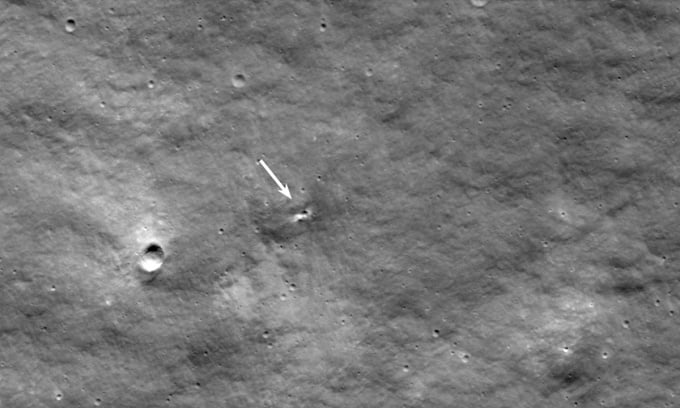
The Lunar Reconnaissance Orbiter captured a crater that may have been left by Russia's Luna-25 spacecraft on August 19. Photo: NASA Goddard Space Flight Center/Arizona State University
Luna-25, a Russian lander launched to the Moon, failed on its mission and crashed on the surface of the celestial body on August 19. Based on the estimated crash location provided by the Russian space agency Roscosmos, the team in charge of LRO - a NASA spacecraft orbiting the Moon - searched for the "grave" of Luna-25. The team of experts took pictures of the area with LRO's camera on August 24, then compared them with previous photos of the same area, most recently in June 2022. As a result, they discovered a newly formed crater on the Moon.
"The new crater is located close to the estimated impact site of Luna-25, so the LRO team concluded that it is more likely that this structure was caused by Luna-25 rather than a natural object," NASA announced on August 31.
The new crater is about 10 m wide and is located at 58 degrees south latitude, on the steep inner wall of the Pontécoulant G crater. The impact point is about 400 km from Luna-25's designated landing site at 69.5 degrees south latitude.
Luna-25 launched on August 11, kicking off Russia’s first lunar mission since 1976, when the country was still part of the Soviet Union. The spacecraft’s name is a nod to its former glory, as the previous lunar mission (launched in 1976) was called Luna-24.
Luna-25 aimed to be the first spacecraft to make a soft landing near the lunar south pole, a region believed to be rich in water ice—a resource that could be useful to future astronauts. But its failure meant that title went to Chandrayaan-3, an Indian spacecraft launched on July 14 and successfully landed on August 23.
Chandrayaan-3’s Vikram lander and Pragyan rover are still exploring the region near the lunar south pole. The solar-powered duo are designed to operate for one lunar day, or about 14 Earth days. After that, lunar night falls and is expected to shut them down.
Thu Thao (According to Space )
Source link



![[Photo] Prime Minister Pham Minh Chinh chairs the Government's special meeting on law-making in April](https://vstatic.vietnam.vn/vietnam/resource/IMAGE/2025/4/13/8b2071d47adc4c22ac3a9534d12ddc17)

![[Photo] National Assembly Chairman Tran Thanh Man attends the Policy Forum on Science, Technology, Innovation and Digital Transformation](https://vstatic.vietnam.vn/vietnam/resource/IMAGE/2025/4/13/c0aec4d2b3ee45adb4c2a769796be1fd)
![[Photo] National Assembly Chairman Tran Thanh Man attends the ceremony to celebrate the 1015th anniversary of King Ly Thai To's coronation](https://vstatic.vietnam.vn/vietnam/resource/IMAGE/2025/4/13/6d642c7b8ab34ccc8c769a9ebc02346b)

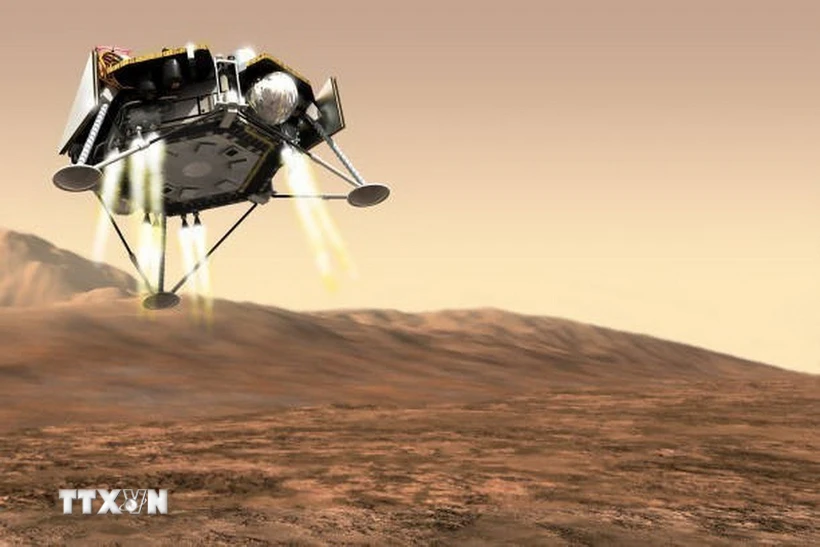

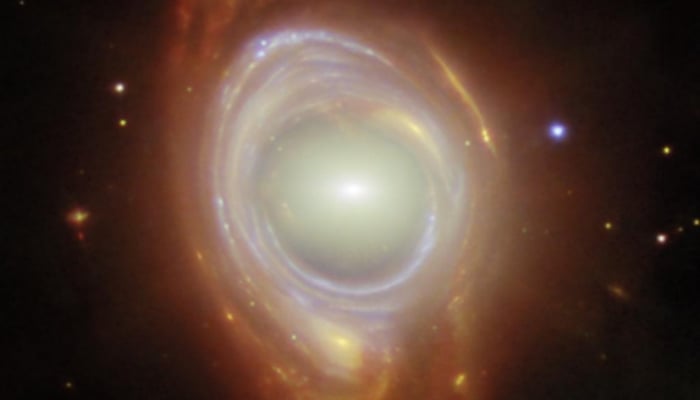

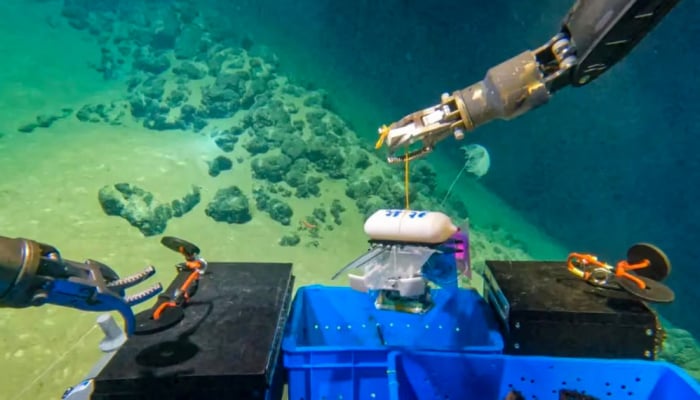
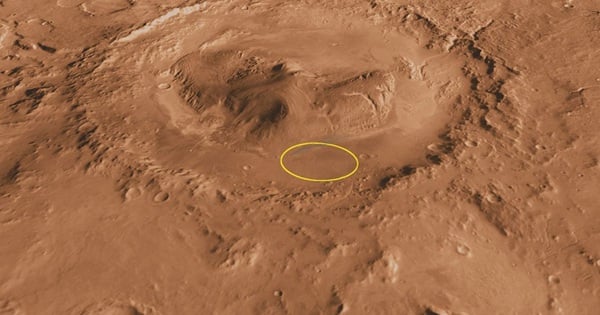

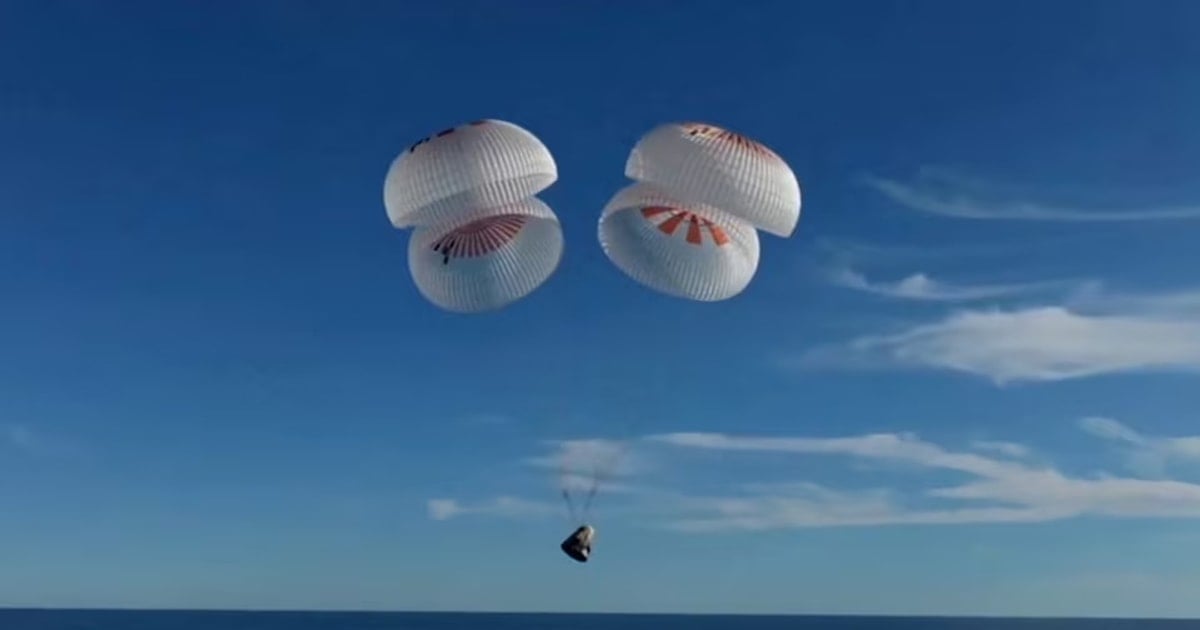




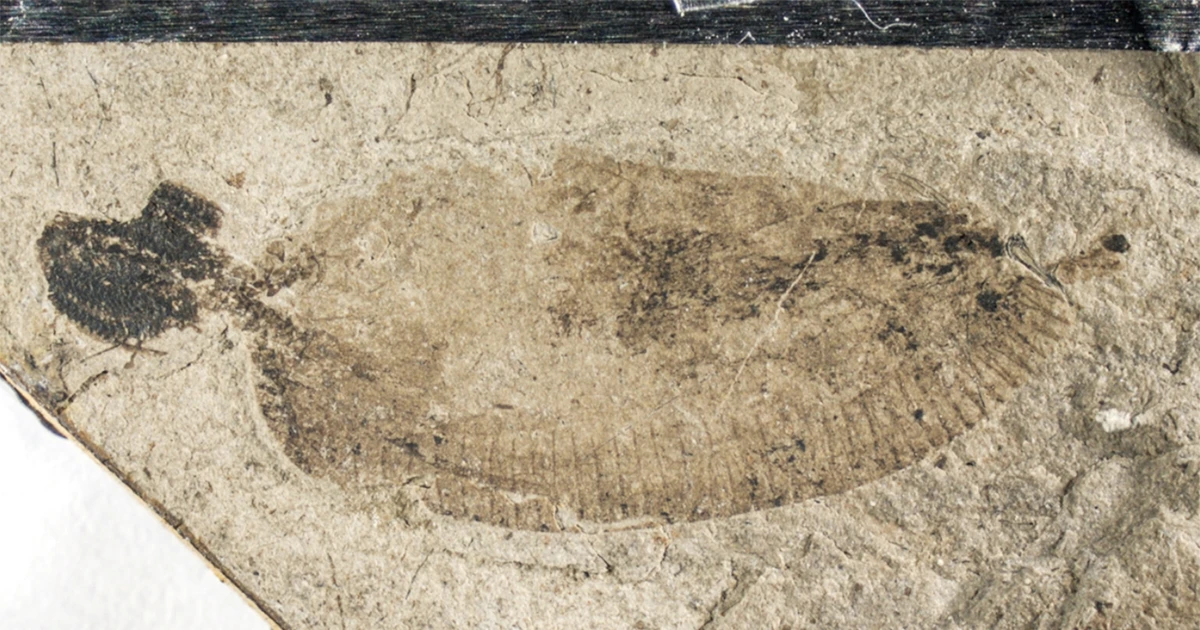


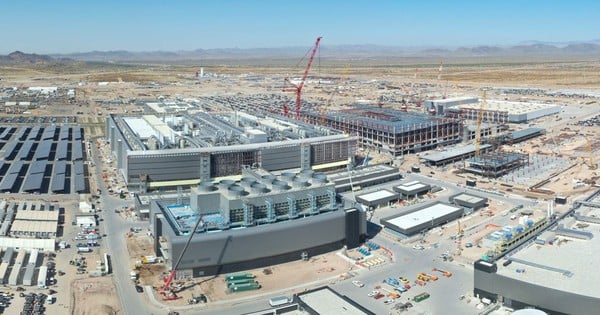









































































Comment (0)